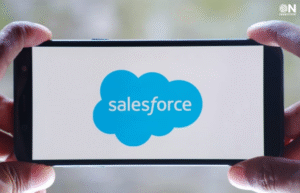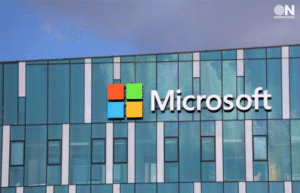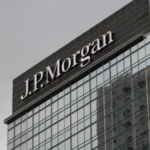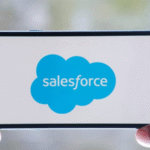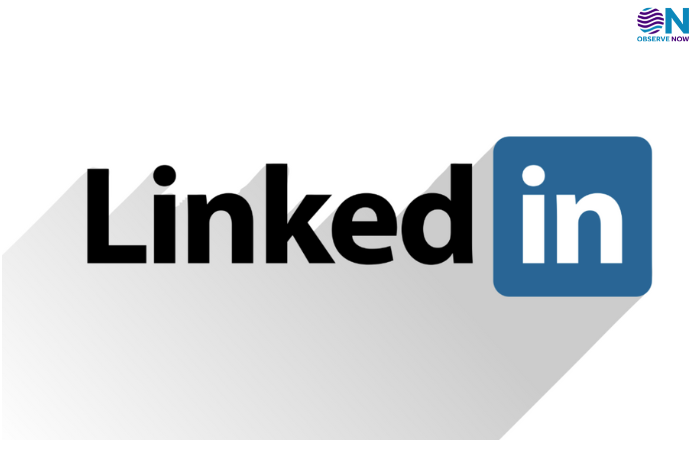Work From Office Vs Work From Home? – A Trending Question at Workplaces

A recent study conducted by Cisco reveals that approximately 96 percent of businesses in India have implemented either full or partial returns to office settings, driven by factors such as productivity enhancement, improved team communication, and leadership expectations.
Contrary to common assumptions, a substantial majority of Indian employees (76 percent) have responded positively to their organizations’ directives to return to physical workplaces. Moreover, an overwhelming 82 percent express a desire to be in the office at least several times per week, according to the study titled ‘From Mandate to Magnet: The Race to Reimagine Workplaces and Workspaces for a Hybrid Future’.
While the enthusiasm for returning to the office is notable, there’s a notable shift in the motives behind it. Rather than solely focusing on individual tasks, employees are prioritizing collaboration (80 percent), brainstorming sessions (53 percent), and fostering a sense of belonging (58 percent) as primary reasons for being in the office. This evolution underscores changing expectations and requirements for office environments.
Echoing on WFH vs WFO, Sandeep Das, Vice President and Head Learning & Development, IIFL Finance stated “The work, workers, and workplace, all three have gone through an immense amount of transformation post-COVID. Nobody was prepared, but we did work and Due to COVID, companies lately realized that multiple roles and all work started happening remotely, whether it was IT, customer service, or sales.”
A new trend dubbed “office peacocking” has also emerged in 2024, gaining traction, particularly among workplaces keen on enticing employees back to physical offices.
The term “office peacocking” denotes the intentional transformation of office spaces into attractive environments aimed at encouraging prolonged employee presence. This makeover often involves the introduction of plush seating, cozy corners, abundant natural light, and an array of greenery, effectively converting traditional cubicle layouts into vibrant lounge-style settings. Additionally, some companies are investing in upscale decor and well-stocked kitchen facilities to further enhance the appeal of their office spaces.
“It’s not that only management wanted employees to come back, but employees also wanted to come back and the value of WFO reinforced post-COVID, hybrid can be effective for success in the workplace, better for both company and employees, organizations should also be flexible for hybrid mode of working” concluded Das.





